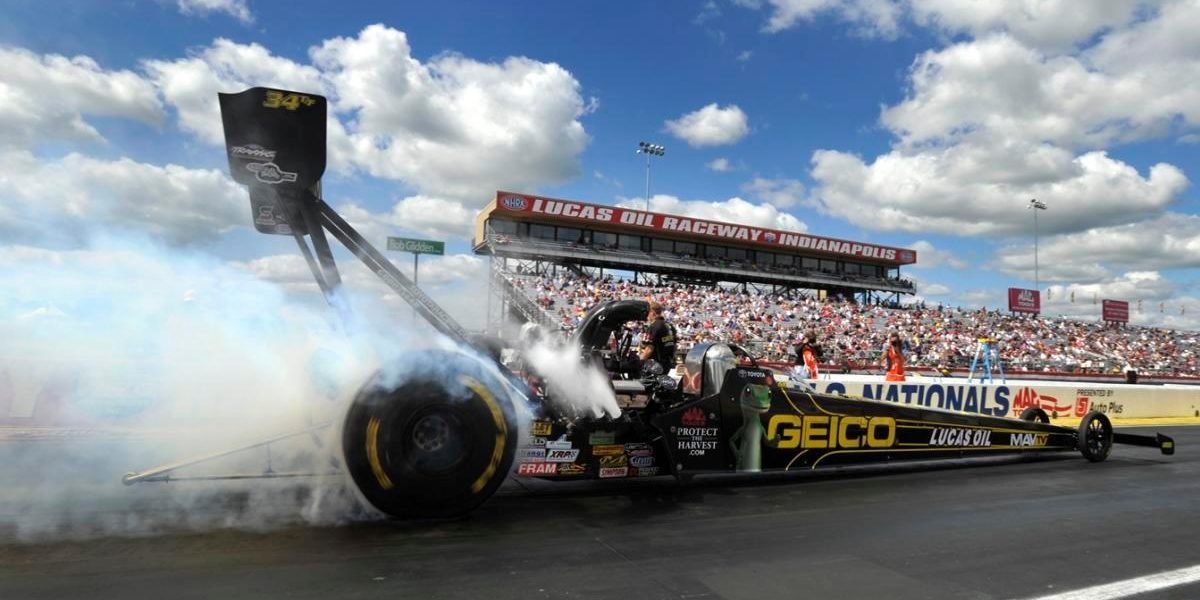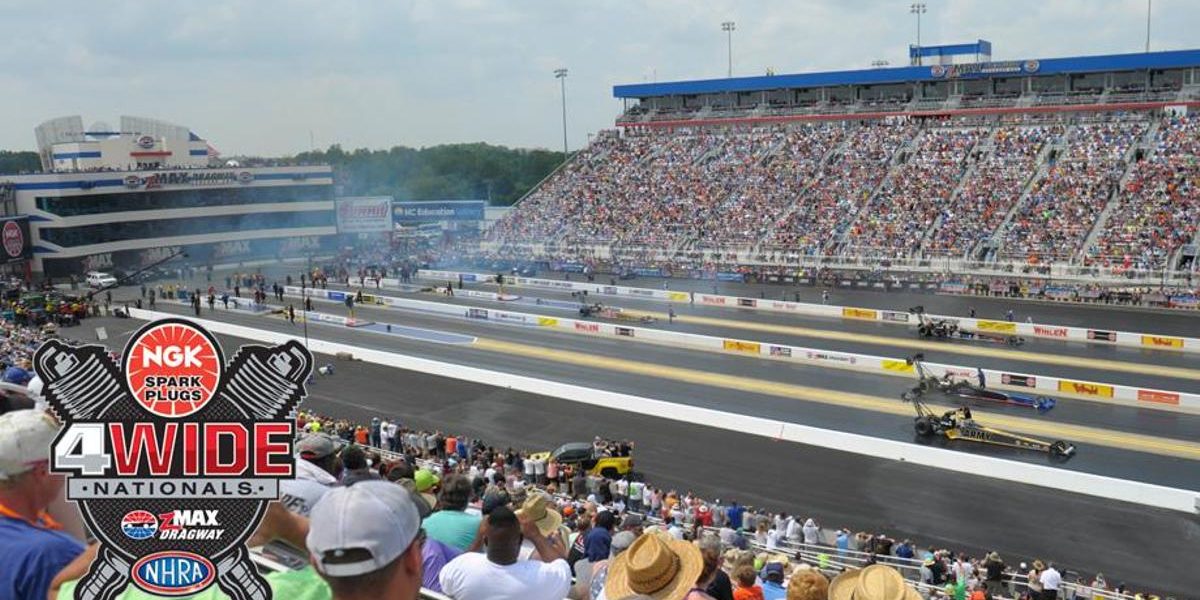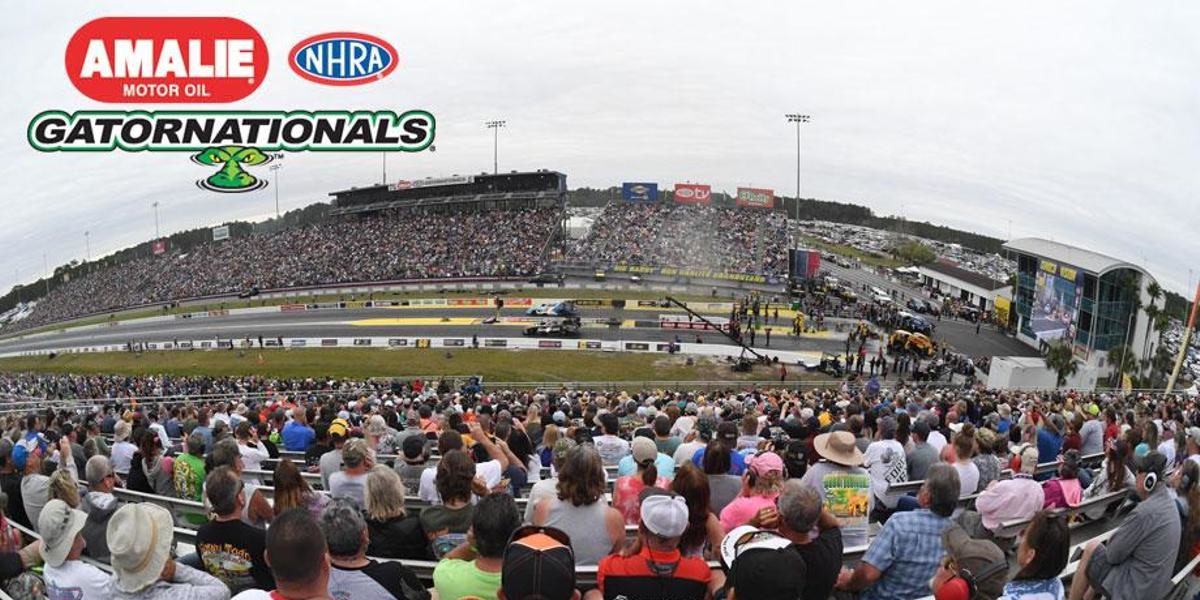The Standard Atmosphere
Aerospace vehicles can be divided into two basic categories: atmospheric vehicles such as airplanes and helicopters, which always fly within the sensible atmosphere, and space vehicles such as satellites, the Apollo lunar vehicle, and deep-space probes, which operate outside the sensible atmosphere. However, space vehicles do encounter the earth's atmosphere during their blastoffs from the earth’s surface and again during their reentries and recoveries after completion of their missions. If the vehicle is a planetary probe, then it may encounter the atmospheres of Venus, Mars, Jupiter, etc. Therefore, during the design and performance of any aerospace vehicle, the properties of the atmosphere must be taken into account. The earth's atmosphere is a dynamically changing system, constantly in a state of flux. The pressure and temperature of the atmosphere depend on altitude, location on the globe (longitude and latitude), time of day, season, and even solar sunspot activity. To take all these variations into account when considering the design and performance of flight vehicles is impractical.









